

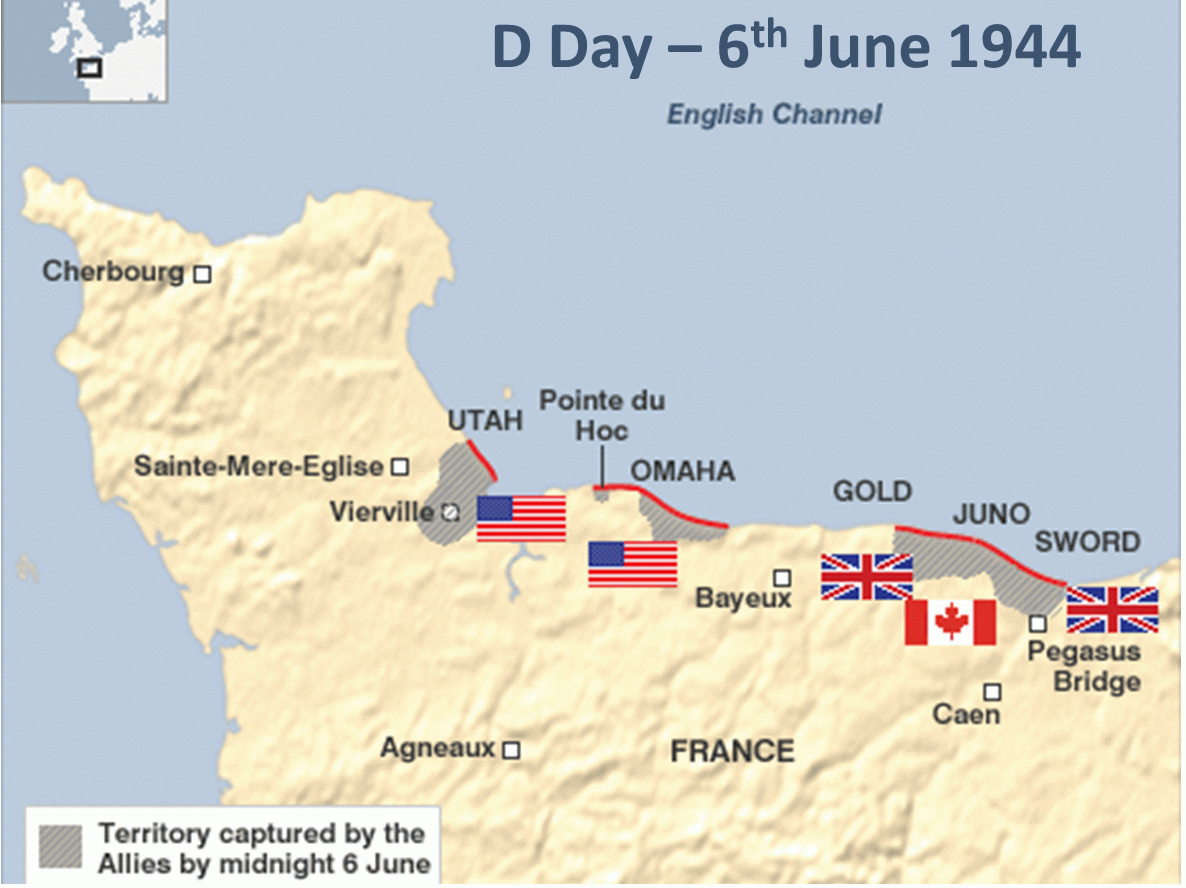
With many months of training behind them, the crews of the Duplex Drive Tanks readied their equipment in sealed camps along the South Coast of England. Some of the crews had only recieved their Shermans a few weeks previously, and had to rush to make them waterproof and battle ready. With final checks undertakne, they were loaded onto LCTs, 5 to each craft.
The intention on D Day was for 280 Sherman Duplex Drive Tanks to launch 5000 yards from the coast, out of range of the German guns, and to arrive on the beaches minutes ahead of the infantry to provide armoured support. Unfortunately the sea conditions were much worse than the crews had trained in, which lead to the varied outcomes on June 6th 1944. Never before had tanks supported the infantry so early in an amphibious assault.
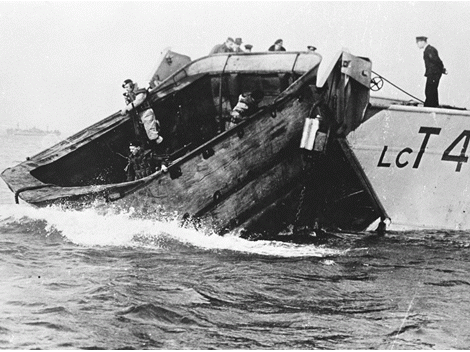
Despite the poor weather on D Day over half the DDs were launched into the Channel, at distances off the Normandy Coast of between 750 yards and 5000 yards. A third of these were lost to the sea due to the bilge pumps being unable to cope with the water coming over the screens.
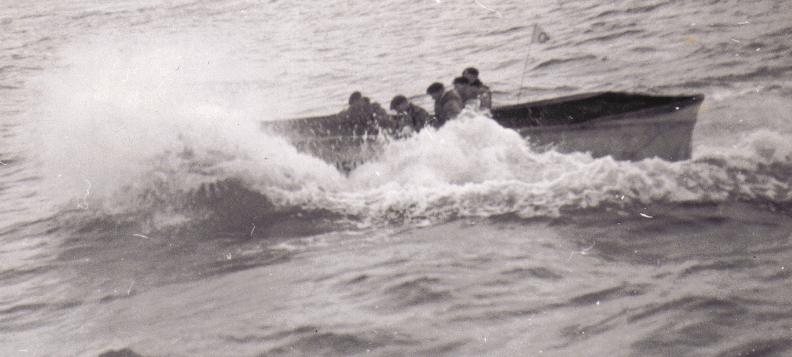
On UTAH beach, the rough sea forced the LCTs to take the DDs of the 70th tank Battalion closer to the shore. Four were lost when their LCT struck a mine, and a further tank was swamped. They launched from 1km off the coast and the DDs were able to arrive in good formation on the beaches, as seen in the image below.

On OMAHA 10 of B Company's tanks were lost to the sea. 5 made it to the shore, but only 2 actually swum in. C Company were more unlucky, losing all of their tanks. However 65% of the crews were saved. Recent hydrographic surveys (right) have located the locations of 19 DDs sunk at Omaha.
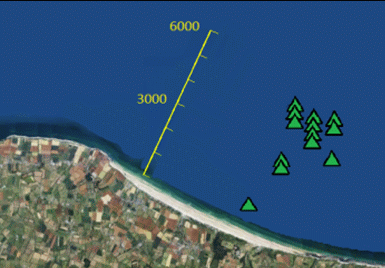
On GOLD Beach, the 4th/ 7th Dragoons under heavy fire unloaded their DDs onto the beach. The Nottingham Sherwood Yeomanry waded in 700 yards from the beach into deeper water that many other waterproofed tanks could not cope with.
JUNO beach saw the Canadians engage in fierce fighting. Whilst the DDs of the Fort Garry Horse waded in from the relative shallows, those of the 1st Hussars swam as planned from 5000 yards. 21 out of 29 DDs made it to the beach successfully.
On the most easterly of the beaches, SWORD, the 13th /18th Hussars supported the infantry of the 8th Infantry Brigade. Launching from 5000 yards out, they landed 31 out of 34 DD tanks.
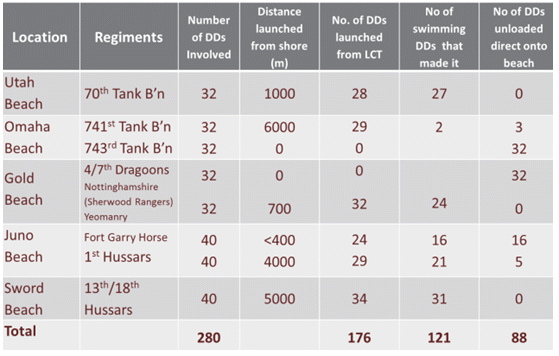
The varied outcomes on D Day reflect the harsh conditions of the sea. Clearly these were much worse on the western side of Normandy, resulting in the catastrophic losses at OMAHA, yet, on JUNO and SWORD the swell and winds were slightly less, resulting in the successful arrival, as planned, of over 70 DDs on the beaches.
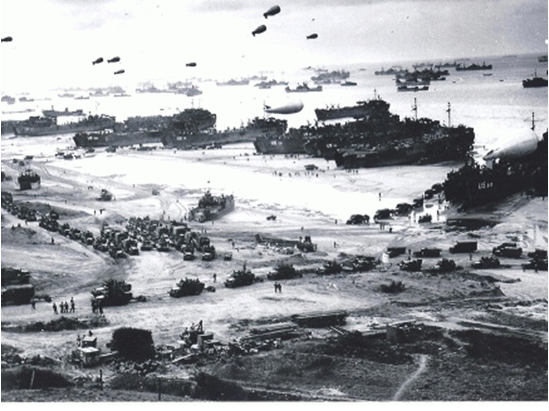
There can be little doubt that the Duplex Drive Tanks made an important contribution during the first assault waves on D Day. Their presence provided a significant armoured and morale support to the Infantry. Ultimately however it was the collective contribution of planning, secrecy and training as well as sheer strength in numbers that resulted in the beaches being won.
The bravery of the men involved shall never be forgotten.